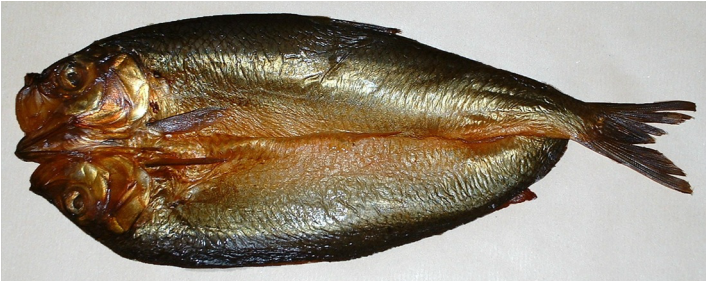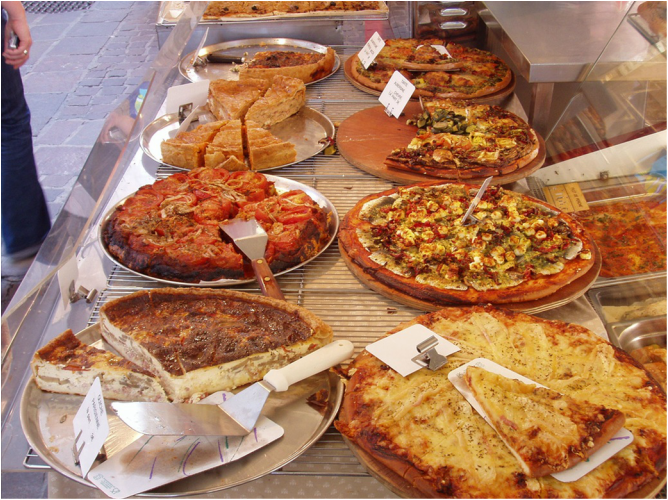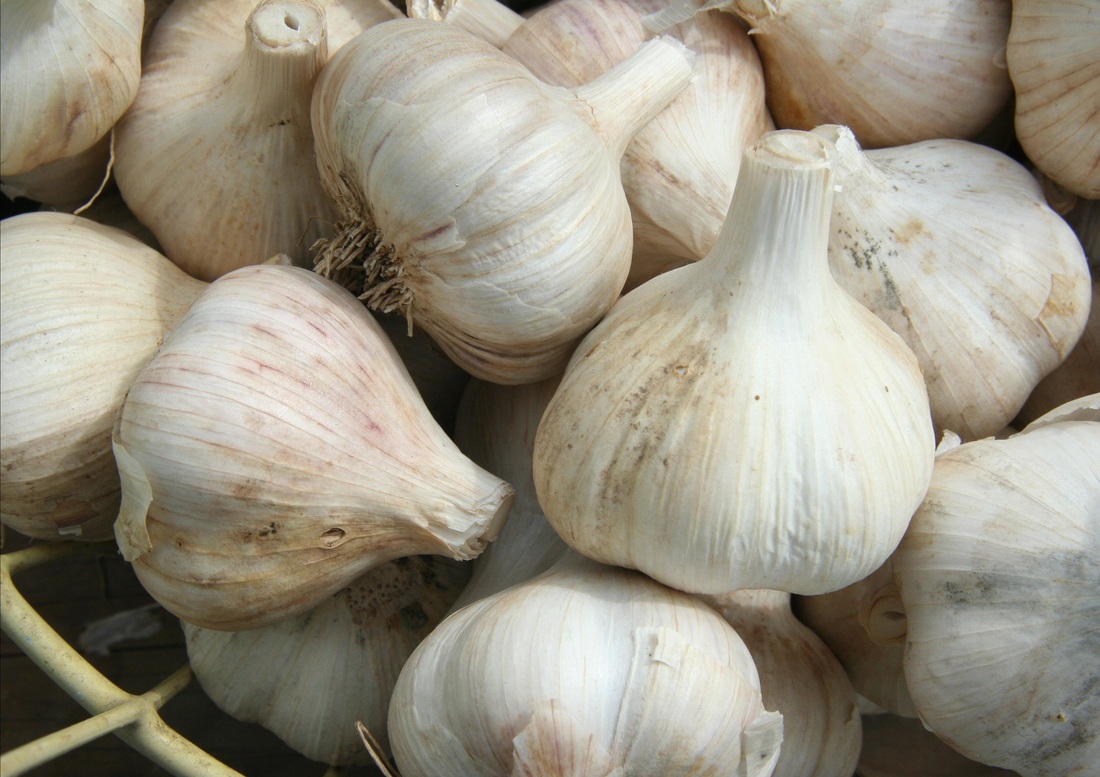|
Back in the thirteenth century, how did you show your appreciation for a job well done? Herrings, of course! 'For the labourer is worthy of his hire'. And who am I, blessed readers, to gainsay the Lord himself, who pronounced this maxim when urging his disciples to accept the food and drink placed before them by appreciative householders during their evangelising work (Luke 10:7). Inspired by this Christian message, I thought it would be fascinating to see how this concept of feeding in order to show appreciation for hard work was interpreted by the monks of thirteenth-century Rochester. So let us take a gander at the bitties, as a twenty-first century Scotsman put it to me, and explore what gourmet treats were in store for the lay servants of St Andrew's Priory. Though it is true that servants received gifts of food on special occasions – and, indeed, had daily rations of bread and ale, and in some cases a tasty dish from the kitchen – they didn't just rely on food as payment. They actually were paid a wage; after all, they weren't slaves. Wages were paid in two instalments, at Christmas and Easter. According to Rochester's customs book, properly titled Custumale Roffense, the annual wage bill was 6 pounds, 4 shillings and 4 pennies. This paid for the services of the permanent staff: five millers/bakers (a dual role), four cooks, three brewers, a gatekeeper and his deputy, a granger, an infirmary attendant, a doorkeeper to the cellar, a steward, two church attendants, three tanners/tailors (a dual role), and two launderers. On top of this, hirelings were brought in for such things as bell-ringing processions and the undressing of the altar in the church; for such they would receive a penny or two 'for drink', presumably meaning they ambled off to the tavern as soon as their holy duties were fulfilled. Now, though, to the treats! And let us start with the faithful (or not so faithful) master miller. What did he get at Easter along with his wages? 'He will have one monk's loaf and at Easter time a flaco.' (Custumale Roffense) The 'monk's loaf' is the miller's regular, daily allowance. It refers to the same bread that is baked for the monks themselves, which was actually made from fine flour with the bran removed. (Incidentally, the bran was probably used to make laundry starch.) It is not entirely clear from the Rochester custom's book if all the servants got the same quality bread; there may well have been a coarser bread ('bread of a squire' may signify this) as well as the posh stuff. What we do know, however, is that only the master miller got the flaco. So what exactly was that? A flaco was likely a type of flan. In a roughly contemporary medieval document, the flaco is distinguished from tarta ('a tart' or 'pie') and pastillus ('a small loaf'), items also baked in the ovens of medieval bakeries. The flaco may have been similar to the Roman placenta, which was a flat cake mixed with cheese and honey, so you will be pleased to know its name does not signify the incorporation of dubious body parts! For a twenty-first century take on the placenta, you may wish to try out this recipe. If indeed the flaco contained cheese, then it would have been an ideal gift to the miller at Easter, for during Lent, dairy foods were forbidden by the Church, and so the flaco may have been a way of marking the end of the abstinence, a perfectly delicious way of doing so. Speaking of cheese: 'They have cheese three times a year, to each one in turn two pounds, and they must distribute accordingly as they are great or small: namely, to the master, one from the mature cheeses, one from the medium and one from the young; to the second-rank, two from the medium.' (Custumale Roffense) This passage appears in the section of the Rochester customs book headed 'What ought all the servants to have in common?' So it looks like everyone gets cheese! Fascinatingly, only the master servants get a taste of the lovely ripened cheeses and also the young cheeses. Ah, variety is the spice of life. Or so I'm told, beloved ones.  © British Library Board. London, British Library, Yates Thompson 26, folio 14r. The Prose Life of Cuthbert, Durham, England, last quarter of the 12th century. “Mmm, cheese!” Young St Cuthbert has his prayers interrupted by his horse who retrieves bread and cheese wrapped in linen from the roof of his dwelling. What a miracle! Click on image to go to the source. Public Domain image. But what about the herrings, I hear you cry. Who got those smoky treats? Why, the two church attendants, of course! 'From the offering that comes forth on Good Friday, they have bread, eggs, herrings, onions, nuts, garlic, and from the sacristan a silver coin, and the finest piece of fruit.' (Custumale Roffense) Well, it certainly paid to work in the holiest place, didn't it? Never mind kippers for tea; after all, all the servants got either herrings or eels during Lent (31 to the masters and 23 to second ranks); just look at the other stuff! Nuts and garlic! Wonderful! Even the finest piece of fruit, – not some crabby apple, I'll have you know. Interestingly, according to the section dealing with food gifts common to all, every servant got a monetary gift of some type at both Easter and Christmas: 'the master a penny, the second-rank a halfpenny'. In addition, 'all [had] meat equally at Christmas or one penny, and on the Tuesday before Lent and at Easter.' Interestingly, the meat for the church attendants is specified, under their section of the customs book, as lamb, which they had 'on the Tuesday before Ash Wednesday'. Shame, then, that they didn't get the garlic just a few weeks earlier; it would have made a lovely lamb stew. Work consulted: Dictionary of Medieval Latin from British Sources: http://logeion.uchicago.edu/ All translations from Custumale Roffense are by Christopher Monk, directly from the manuscript.
2 Comments
The Anglo-Saxon Monk
21/8/2016 06:06:36 pm
Clever horse, indeed. The Lord works in mysterious ways. Yes, please send me a picture along with tasting notes.
Reply
Your comment will be posted after it is approved.
Leave a Reply. |
Details
|




